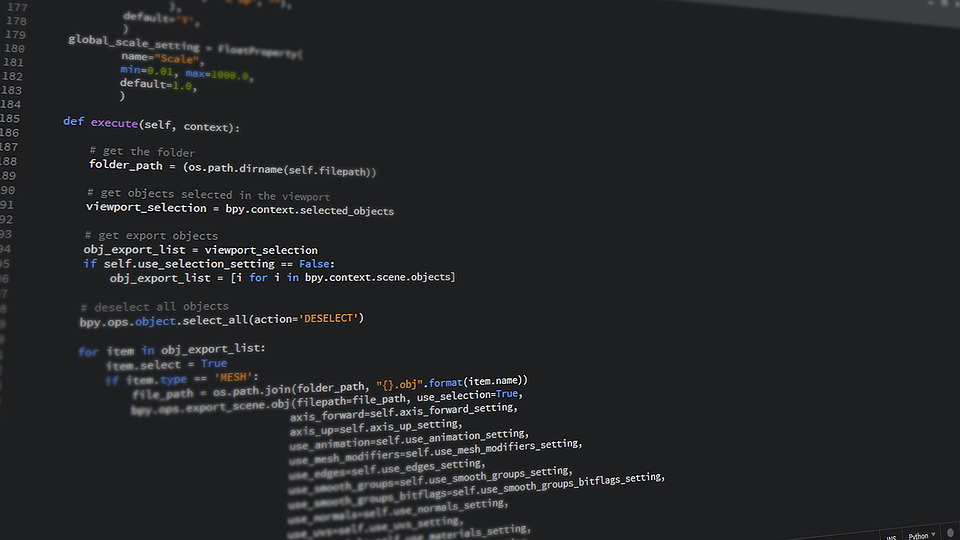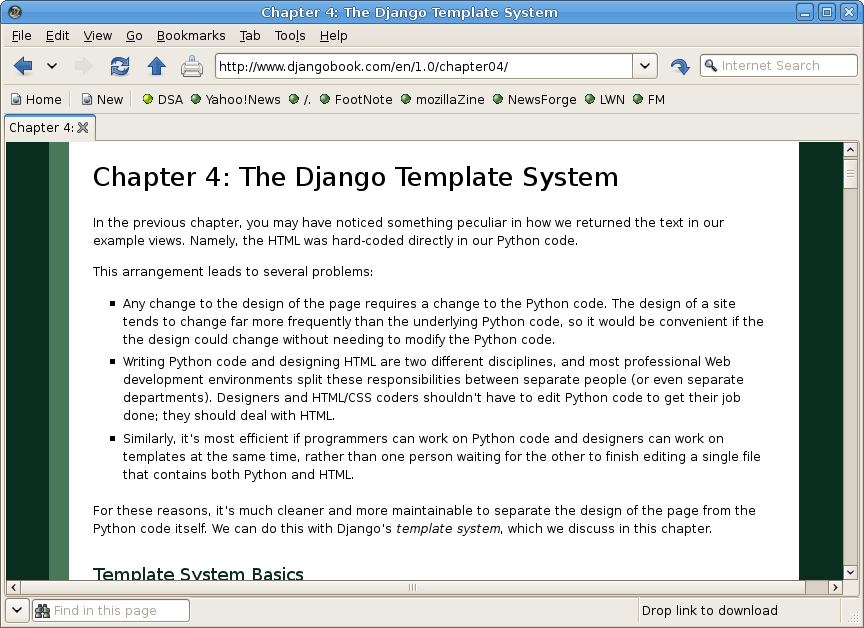Beginner web developers are faced with a lot of important choices, right from the development languages they learn to the development frameworks they choose. In this guide, we will explore Django and Flask, two web development frameworks used for web application development in Python language. When it comes to Django vs. Flask, we’ll help you understand the context for making this choice, the factors you need to consider, and then round up the guide with a summary of the advantages and key points of both frameworks.
Django vs. Flask: Why do developers need to make this choice?
Let’s take the example of command line application coding. Before you started using Python, it’s likely you spent time doing such developments. Here’s how command line applications work:
- User runs command line scripts in a shell
- Inputs are passed as arguments
- Inputs can be passed in the form of standard input also
Though this approach was common among many traditional application development languages, the progression to these was the development of applications that users could interact with using keyboard and mouse. These desktop-based applications had menus and several other interactive elements that added a lot of engagement factor to the user experience.

Today, the world of application development has advanced to the stage of building web applications that users interact with using web browsers. Python, being one of the most important web app development languages, is likely to be your choice as well. To build apps using Python, you will need a web framework. Frameworks help because they enable developers to quickly execute repetitive aspects of web app development.
Building backend logic, enabling data to be accessible over the Internet, designing user interface basics — all these are activities common to any web app development process. Frameworks help you implement these functionalities quickly. As to which functionalities a framework brings pre-cooked, and which it requires the developer to execute, this differs from one framework to another. And this is one of the key differences between Django and Flask. So let’s tell you more about this, and several other aspects of comparison between the two Python web app development frameworks.
Django vs. Flask: Basic differences
Flask is a sort of a “micro-framework”; that’s because it’s suited for small web apps that have basic requirements.
For any project that requires just one or two functions, Flask would be the obvious choice. In spite of being a pretty young framework (it came into being in mid-2010, whereas Django was launched in 2005 and its first release happened back in 2006), it enjoys widespread use, primarily because it has learned a lot from the mistakes made by earlier frameworks. Httpbin, for instance, is a very popular, though simple, Flask project that helps in HTTP library testing and debugging.

Django is aimed at fulfilling more complex requirements. Django includes all the “batteries” that a web app can require, and makes sure that developers only have to put things together and make the system work. There are many Django modules that developers can use to realize complicated web app developments. With Django, developers get an administration panel, an ORM, database interfaces, and directory structure for their apps and web projects — right out of the box.
Community power
Whenever you choose a web development framework, make sure you understand the extent of support and documentation available for your choices. Here, we will pit Django vs. Flask in terms of their community strength.
In Django vs. Flask, Django wins hands down in terms of its community strength. It has over 80,000 questions on StackOverflow. Plus, it’s easy enough to find dedicated blogs where expert developers share their insight about Django. Power users and educators also create and share a lot of useful content about Django projects. The Flask community is not so large, but that’s also because it’s a young platform. You’ll need to be on a few key mailing lists and IRCs to be in the know of latest projects and updates for Flask. There are only a few thousand questions on Flask on StackOverflow. On GitHub, though, both frameworks have 10,000-plus stars. Both these frameworks are available under BSD-derived permissive licenses. Their licenses are 3-clause BSD.
Templating capabilities

A Python application that can respond to HTTP is a great beginning, but most users are not likely to use cURL tags to interact with your web application. Both these frameworks provide a useful methodology to fill custom info in HTML. This enables users to enjoy an enriched user experience with Bootstrap frontend. Templating lets users inject dynamic info in pages, without having to make AJAX requests. From a user experience perspective, this means that they only need one round trip to experience the full page with its dynamic data. Page round trips can take several seconds on mobile websites, and this templating facility comes in handy to manage such situations. So, both frameworks have you covered in terms of templating capabilities.
Who chooses what?

For any web app developer looking to learn from experience, Flask is a useful choice for a web development framework because it offers them a lot of fine-grained control on the components they want to use. (For instance, the databases they want to use, and how they want different databases to interact.)
Django, on the other hand, is perfect for web app developers who are focused on the final product. For a developer looking to build a news app, a simplistic fashion blog, or a basic e-store, and has clarity on how he or she wants “things” to work, Django would be an obvious choice.
Key points
We’ll round this guide up with a summarized list of advantages of both frameworks.
Django thumbs up:
- rigid application structure
- several batteries
- highly functional admin panel
- already massive and still-growing community
- many third-party applications
- extensive and highly value adding documentation
Flask thumbs up:
- based on the concept of “minimalism”
- comes with a browser-based debugger
- no ORM in the delivery (Peewee, SQL-Alchemy, etc. can be connected)
Right framework for right project
It’s more a matter of choosing the right framework for the right Python project; we hope this guide helps you make the right choice.



